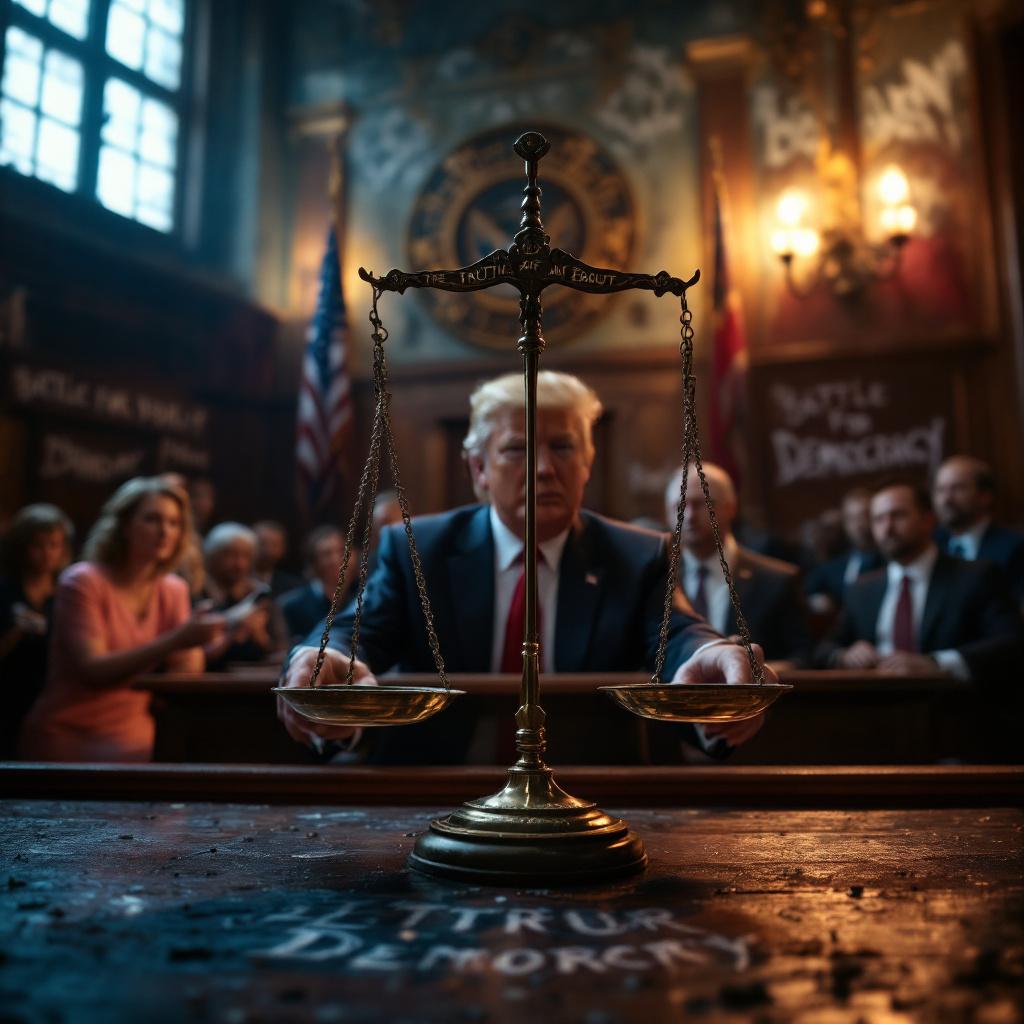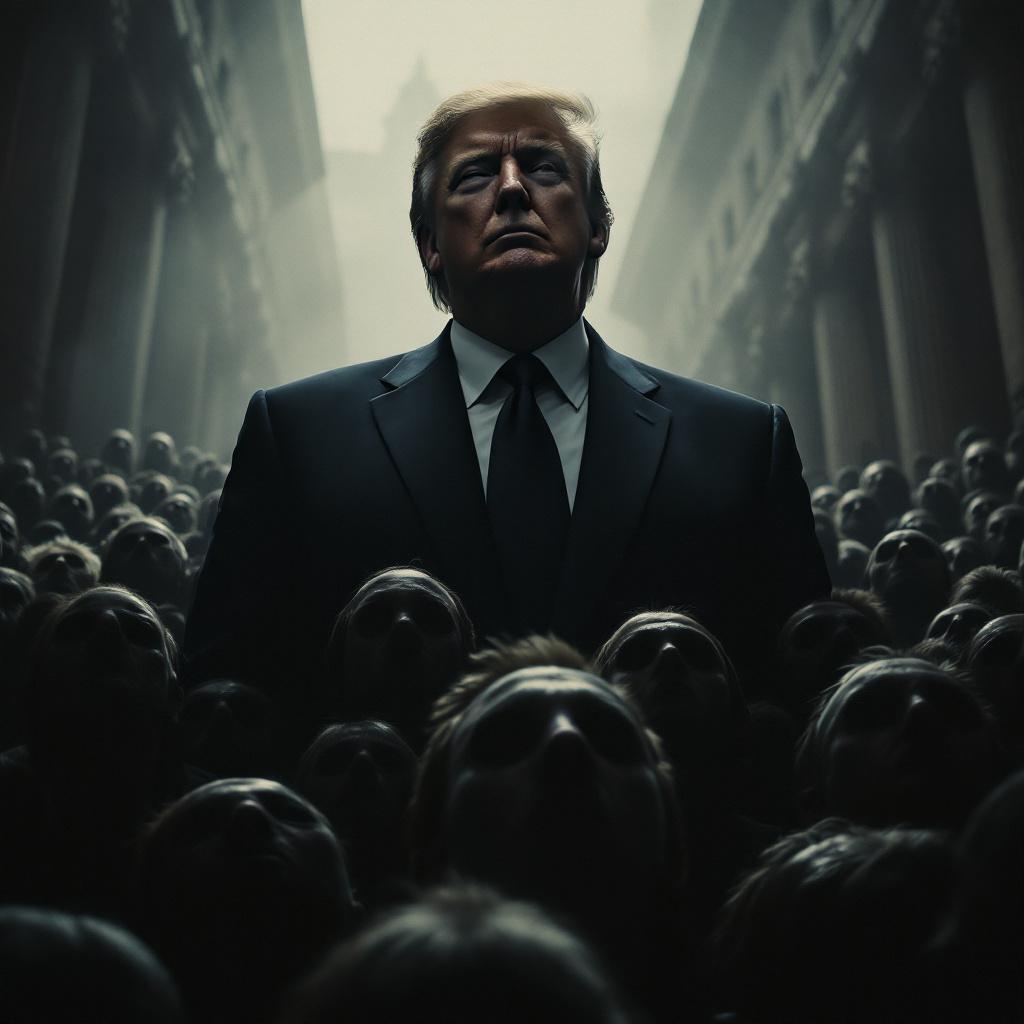Donald Trump has a habit of denying things—especially when they’re inconvenient for him. During his campaign, he repeatedly claimed he had nothing to do with a controversial 900-page conservative blueprint called Project 2025. But if you’ve followed Trump long enough, you know his denials often wear thin. As it turns out, Project 2025 is more tightly intertwined with Trump’s vision than he’d ever admit publicly. And now, with key figures from this playbook shaping his administration, it’s clear that the truth is far from what he’s tried to sell.
What Is Project 2025?
Project 2025 is more than just a dense policy manual. Created by prominent conservatives, it outlines a roadmap aimed at reshaping the U.S. government. Think of it like a charged manifesto—a set of extreme ideas paired with an extensive personnel strategy to push them forward.
At its core, Project 2025 is about consolidating power. It doesn’t hide its ambition to dismantle institutional safeguards and norms meant to protect democracy. The goal? A fast-track implementation of policies without roadblocks, accountability, or pushback from career civil servants. Simply put, it’s a bulldozer for democratic checks and balances.

Trump’s Denials Don’t Hold Up
Before the election, Trump distanced himself from Project 2025, claiming he hadn’t read the document and didn’t care for it. His tone was dismissive—as if the idea of being connected to the controversial project was laughable.
But cracks in his denial surfaced quickly. One of the project’s architects, caught on hidden camera, admitted Trump was always part of the strategy, distancing himself solely as a political tactic. Barely two weeks after the election, those denials unraveled, with Trump tapping numerous Project 2025 contributors for key roles in his administration.
If Project 2025 was a playbook, these hires were the players ready to bring it to life.
Who’s Who in the Project 2025 Network
Trump isn’t just appointing random conservatives. His picks signal a deliberate pattern tied directly to Project 2025. Here’s a quick rundown of some names driving this agenda:
- Russ Vought: Lead author of Project 2025’s playbook and Trump’s new choice for the Office of Management and Budget.
- Tom Homan: Contributor to the project, now slated for a top border security role.
- John Ratcliffe: A Project 2025 contributor picked for CIA Director.
- Brendan Carr: Co-author of sections on the FCC, now part of Trump’s administration.
- Pete Hegseth: Contributor, named ambassador to Canada.
- Stephen Miller: Contributor, now Deputy Chief of Staff for Policy.
Perhaps the most revealing figure is John McEntee, who managed the extensive personnel database for Project 2025. Known for his inflammatory comments and controversial actions, McEntee helped compile Trump’s list of future hires. His selection criteria? Absolute loyalty to Trump’s agenda and willingness to bypass the safeguards protecting democracy.
The Plan Behind the People
For Project 2025’s backers, this isn’t about small reforms—this is a complete overhaul. The crux of the plan lies in two key elements: policy and personnel. Together, they create a system designed to carry out radical changes with minimal resistance.
Policy: The Playbook
One major piece of the project is called “The Playbook.” This confidential document acts as a step-by-step guide for Trump’s first 180 days in office. It includes everything from executive orders to detailed internal memos outlining how to execute controversial plans.
The policies themselves push extreme boundaries, from stripping away post-Watergate norms to justifying severe actions such as using the military domestically. Russ Vought has made it clear: this isn’t theoretical. The supporting legal documents and strategies are already drafted.
Personnel: Power Through Loyalty
The personnel database developed by Project 2025 is no ordinary hiring list. It’s been designed to ensure absolute fealty to Trump. Every candidate was pre-vetted, confirming not just their skills but their complete alignment with Trump’s ideology.
This database isn’t just a pool of resumes. It’s a calculated system to purge government agencies and replace career professionals with loyalists willing to bend—or break—rules to carry out the agenda. In Trump’s version of government, loyalty trumps legality.

The Authoritarian Edge
What does this mean in practice? Some of the ideas touted by Project 2025 contributors venture into outright authoritarian territory. From deploying the military against protesters to arresting journalists, the proposals aim to strip away constitutional protections.
For instance, Russ Vought himself has argued for eliminating safeguards that prevent the Department of Justice from being weaponized. He’s also floated the idea of using military force domestically to suppress dissent, an idea previously rejected by Trump’s own defense secretary. But with a revamped administration, those checks could vanish.
The ultimate aim? According to Vought, it’s to “end multiculturalism in America.” That’s not hyperbole—that’s his own stated goal. By targeting immigrants and implementing sweeping changes, Project 2025 seeks to redefine the country’s fabric.
Why It Matters
What’s happening isn’t just political jockeying—it’s a high-stakes gamble with democracy itself. Trump isn’t trying to run a government. He’s assembling a machine. And Project 2025 is the fuel that powers it.
His administration will have the tools, people, and policies to sidestep the usual channels of governance. If unchecked, the result won’t just be political chaos—it could fundamentally alter the nation’s democratic foundations.
Conclusion
Project 2025 isn’t just a policy guide—it’s a warning. While Trump plays a public game of denial, the reality speaks louder. His administration is full of people committed to this agenda, and the framework is already in place.
The question is no longer whether Trump is tied to Project 2025 but what comes next if it’s fully implemented. The stakes couldn’t be higher. Will America’s democratic norms hold, or will a manifesto’s extreme vision redefine them? Time will tell, but one thing’s for sure—it’s a fight we can’t afford to ignore.

